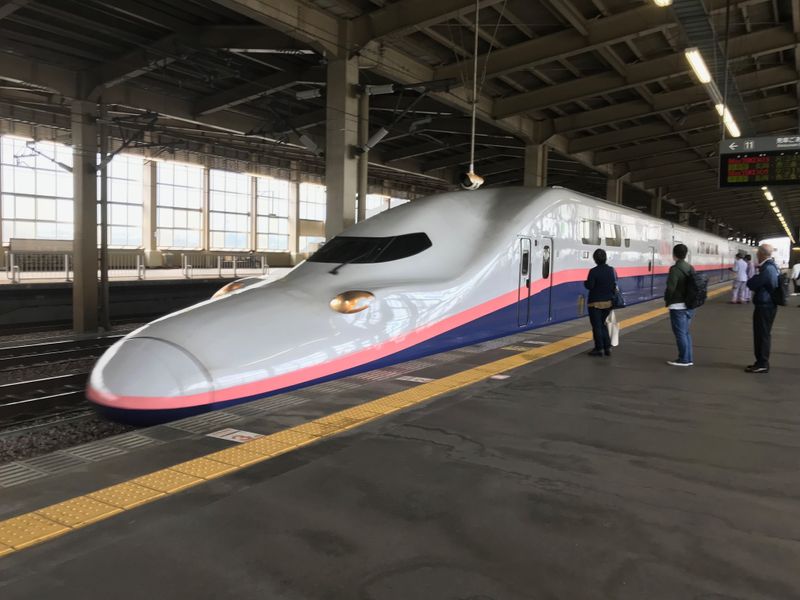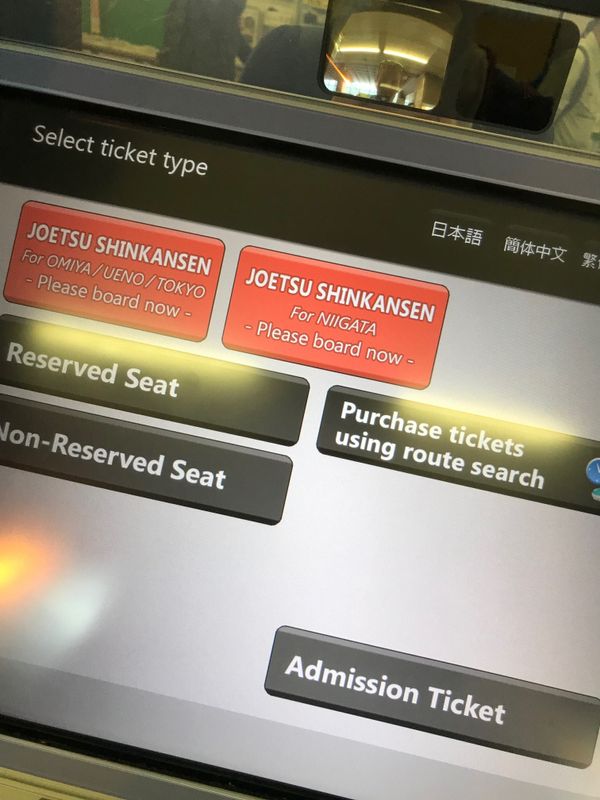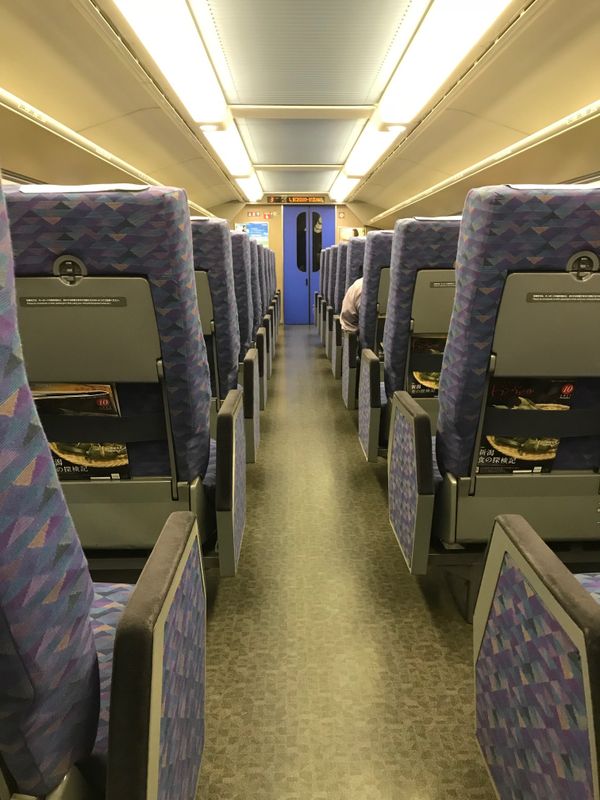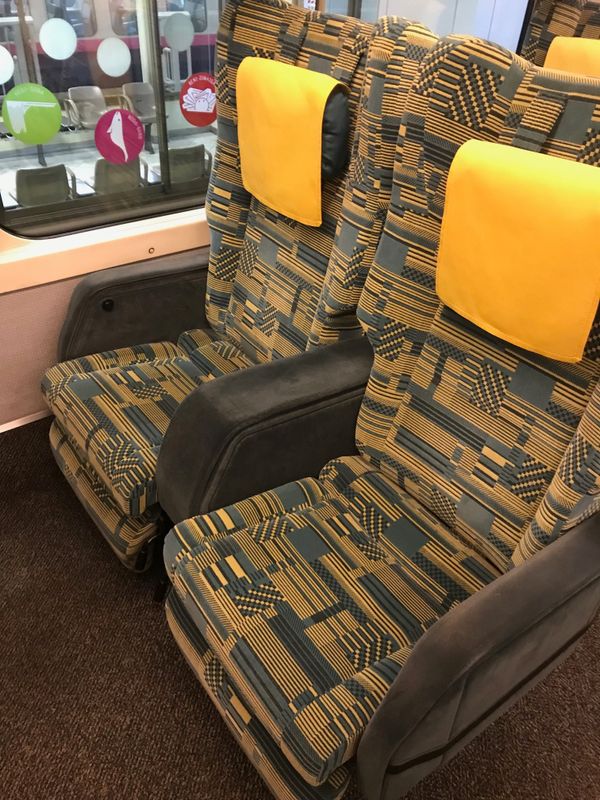Nov 29, 2017
Unreserved, Reserved, and Green Seats - shinkansen cabins explained
If you're living in Japan for any period of time, it's likely you'll encounter the shinkansen as a method of transportation. It might be for work, or it might be for leisure - but irrespective of the purpose, you've probably wondered about exactly what seat selection to make. Most shinkansens are going to have a choice of three main ticket types - an unreserved seat, a reserved seat, or a green seat. Here are some of the pros and cons of each seat type, and the occasions where it would be beneficial to choose one type over another.

Unreserved Seat
Otherwise known as "winging it", an unreserved seat is as the name suggests - you snag what you can, where you can. You can come across situations where there are plenty of seats available - I've had times where I had an unreserved seat and there were entire rows vacant. Other times, you might have to squish in between people, which can be tricky if you're traveling in a group and you'd prefer to all sit together. The biggest positive of getting an unreserved seat for your transport though is that it's the cheapest kind of seat available, so if money is a factor for seat choice this might be best for you. Probably not the best choice if you're traveling in a large party or as a family and you don't want to all be separated. Also, if it's a holiday weekend, or a particularly busy time to travel (peak hours getting to and from work, for instance) it can be the shinkansen equivalent of a sardine can, with seats being hard to find.

Reserved Seat
The cabin setup of reserved seat carriages is the same as what you'd see in the unreserved cabins - it's just that when you get your tickets you'll be given an assigned seat number. This is handy if you're in a group and the goal is to sit together, rather than be scattered about in different seats (and potentially different cabins, depending on how busy the train is). Reserved seats are slightly more expensive than unreserved seats - but not drastically so. When available, they're my preferred choice because I know that I've got a seat with my name on it, and I can generally choose whether I want a window or an aisle seat (does anyone voluntarily pick the middle?!)

Green Seat
The green cars on shinkansens have more space than the seats you encounter in the non-reserved and reserved cars - they take a two by two seat setup so they're noticeably wider (rather than the 3 by 3 seat formation that you'll generally find in regular cars). Compared to the non-reserved shinkansen cars, you'll also likely notice that they're more sparsely populated - it might be worth shelling out the extra for green seats if you're traveling with kids in your party, because there's just more room to spread out, and more leg room as well. The obvious downside is that they are more expensive than the non-reserved or reserved options - for instance, if you're comparing a Tokyo to Osaka shinkansen ticket, the base fare is 8750 yen, an unreserved seat is 4870 yen, a reserved seat is 5700 yen, and a green seat is 10480 yen. There's some big differences in price to consider there!

If you travel by shinkansen, do you usually wing it or do you prefer paying a little extra and having an assigned seat?



0 Comments